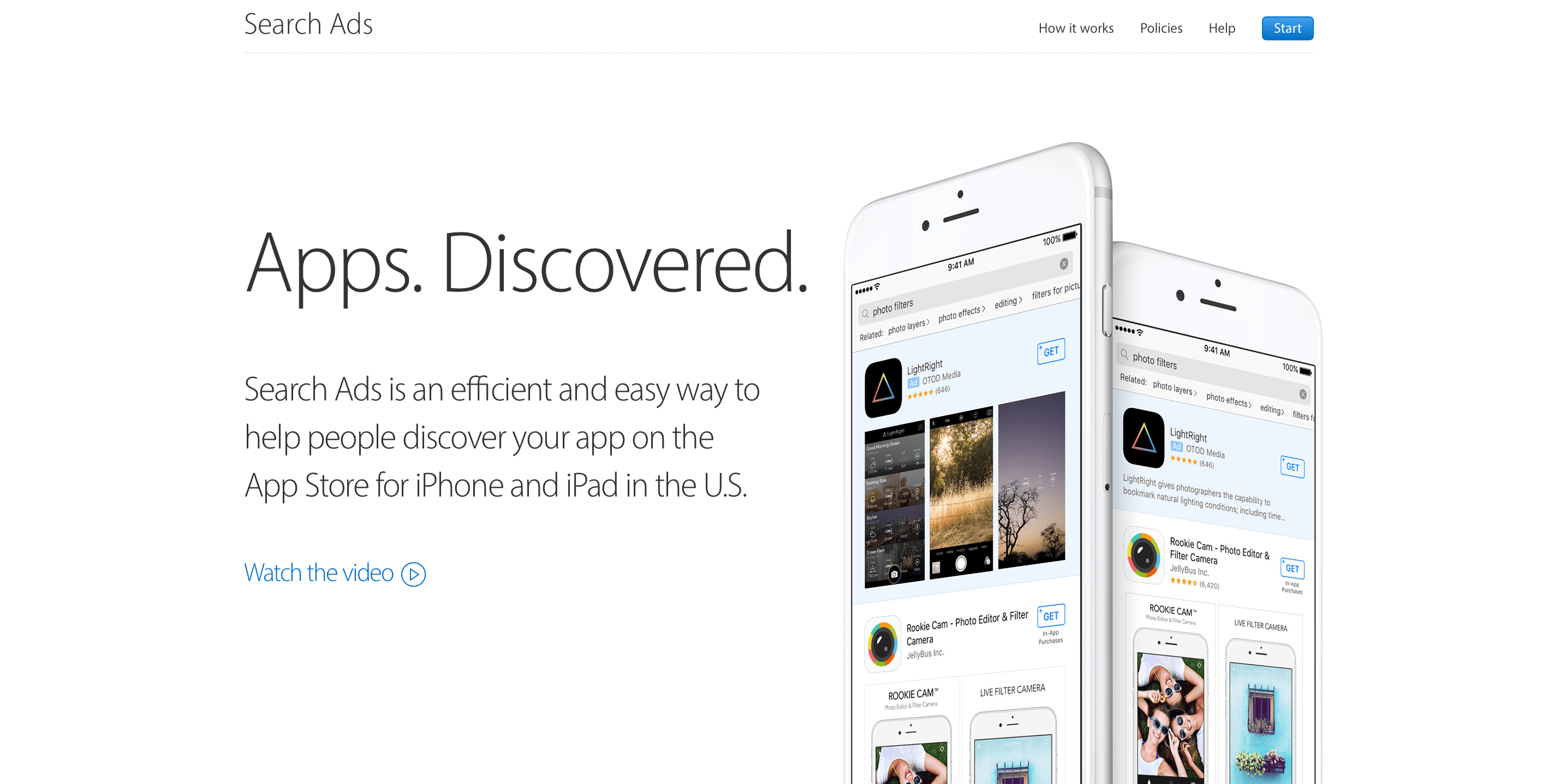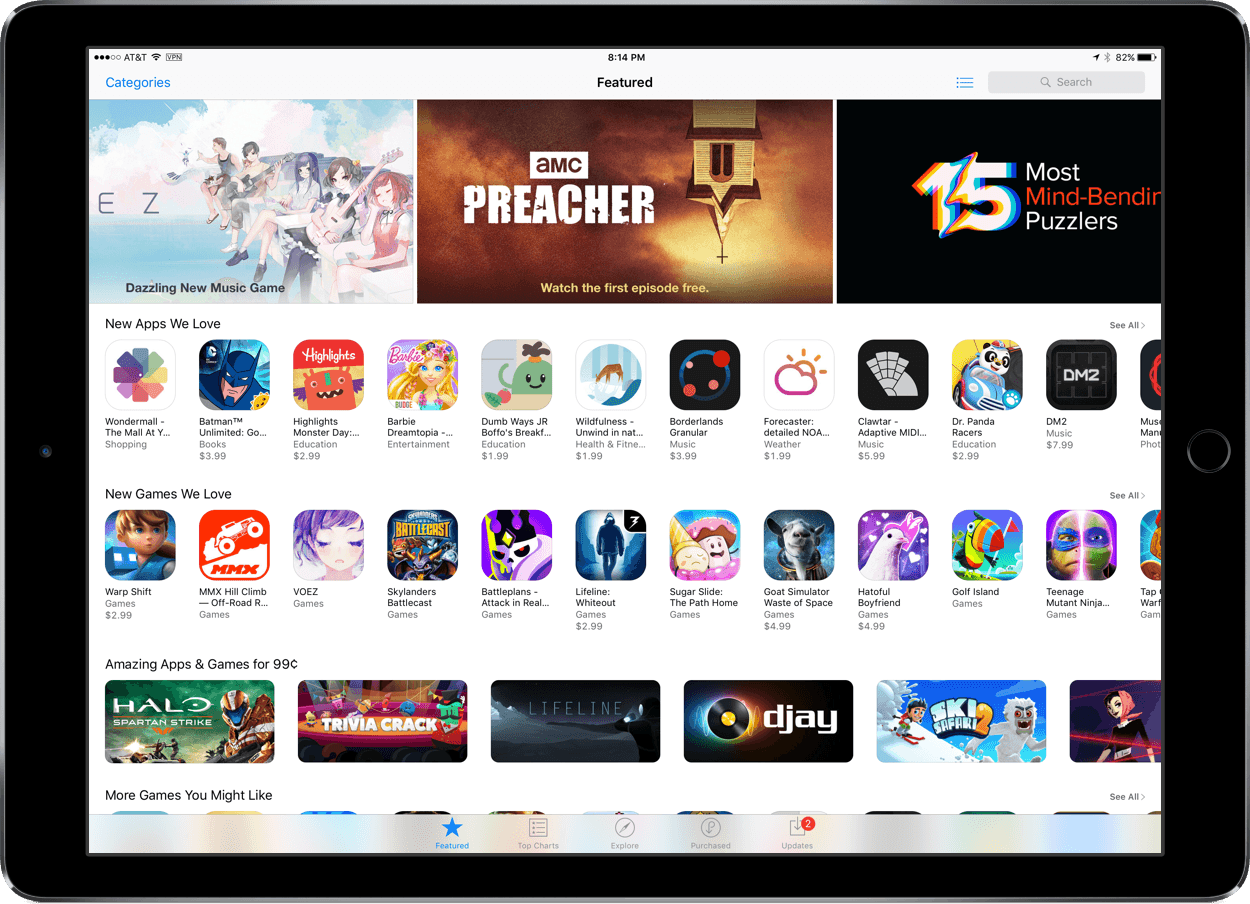The Next Keyboard by Tiny Hearts made a big splash when it launched. Funded by a successful $65,000 Kickstarter campaign, it grabbed a lot of press, including from mainstream news outlets like CNBC. At it’s peak, the Next Keyboard made almost $20,000 in a single day, but like most apps, it rode a steep slope down after the initial spike.
Tiny Hearts recently announced that it is discontinuing work on the Next Keyboard and pulling it from the App Store at the end of next week. Robleh Jama, the founder of Tiny Hearts, explores what went wrong:
When we built Next Keyboard, we were amongst the first to experiment with Apple’s custom keyboard functionality. Unfortunately all third-party iOS keyboards — including Next Keyboard — were never truly stable because of Apple’s API. There’s a surprisingly poor user experience around using third-party keyboards (such as setting up a new keyboard). Even Google’s Keyboard, Gboard, has issues today, a full two years after third-party keyboards were announced.
It’s hard to turn any app into a sustainable business, but the Next Keyboard faced greater challenges than most. Third-party keyboards are hard to build, limitations in the Apple APIs mean they cannot match the system keyboard feature-for-feature, and big companies like Google and Microsoft entered the market shortly after the Next Keyboard was launched.
The experience was a costly and disappointing one for Tiny Hearts, but not without value. As Jama explains:
Even though it was an expensive lesson, things worked out. There are things we wished would’ve turned out differently. We let our users down, and we don’t feel good about that. But we came out stronger and smarter for it, we’ve learned an unbelievable amount, and we will still bet on iOS, messaging and conversational interfaces. If you don’t play, you’ll never win. It’s been tough for us to swallow, but we paid for one of the most important lessons: making money with an app is risky.




